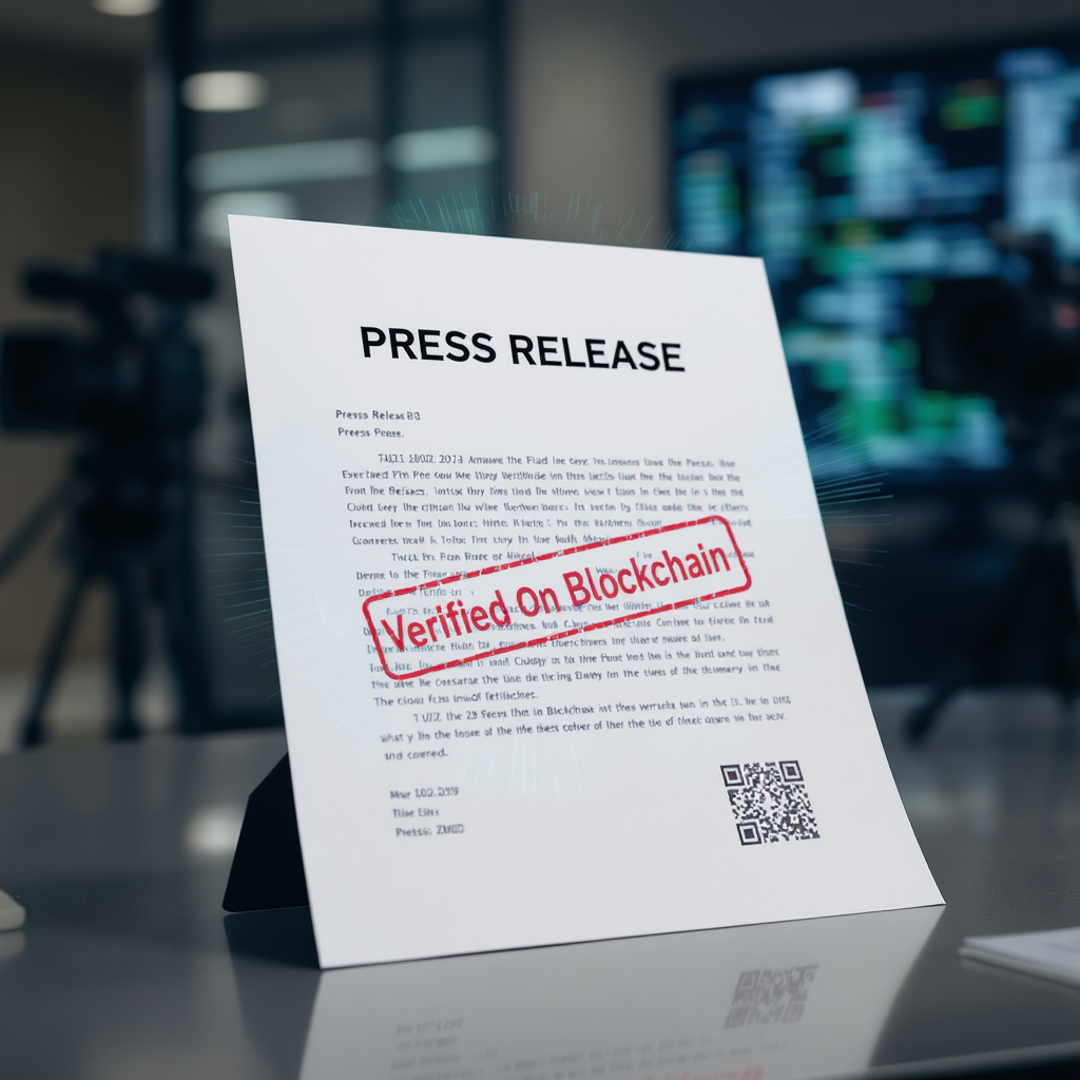Blockchain technology offers significant benefits for enhancing security and transparency in PR communications. By leveraging blockchain's decentralized, immutable ledger and smart capabilities, PR firms and communication teams can securely store and share assets, verify the authenticity of communications, and protect confidential information. Blockchain enables transparent media relations, and clearer demonstration of ROI and impact. While challenges exist in terms of technical complexity and industry, wide adoption, blockchain has the potential to revolutionize trust and transparency in the PR and corporate communications.
Summary:
-
Understanding blockchain for PR communications
-
Enhancing security in PR communications
-
Challenges in adopting blockchain for PR teams
Understanding blockchain for PR communications
Key features of blockchain technology
Blockchain technology offers a revolutionary solution to enhance trust, security and transparency in business networks. Its decentralized architecture eliminates the need for intermediaries, allowing participants to transact directly in a secure manner.
All transactions are recorded on an immutable ledger that is virtually impossible to tamper with, providing a single source of truth. This enables complete transparency, as all authorized participants can view the same information in real-time.
Through cryptography and consensus mechanisms, blockchain ensures the integrity and security of data. Only permissioned parties can access the relevant information, maintaining confidentiality while enabling seamless collaboration between organizations.
Enhancing security in PR communications
Secure storage and sharing of PR assets
When a press release, media kit, image, or video is prepared, a hash of the exact file is created and written to a blockchain with a timestamp, establishing a tamper evident proof of existence at a specific time. Later, any stakeholder can verify authenticity by hashing the received file and comparing it to the on chain hash; a match confirms both origin and that no changes occurred after certification. This method protects integrity without exposing the file’s contents on chain, since only the hash and metadata are stored, not the document itself, which is crucial for privacy and embargoed information.
Verifying authenticity of PR communications
Blockchain notarization proves that specific content existed in a given form and was certified by an identified issuer, but it does not automatically prevent someone else from posting a false copy on a different site or social account and claiming it is official. The practical fix is a verification habit: publish through official channels and offer a public checker so journalists compare the file in hand against the certified on-chain fingerprint before quoting or republishing. This “trust but verify” model mirrors how reputable agencies log their wires and now extend that practice to blockchain to deter piracy, misuse, and counterfeit press materials in the wild
Protecting confidential information
Maintaining the confidentiality of embargoed press releases and other sensitive PR data is critical, yet can be challenging when multiple parties need access. Blockchain technology offers robust solutions through encryption and granular access controls.
By encrypting data on the blockchain, it becomes virtually impossible for unauthorized parties to view the contents, even if they gain access to the underlying database. Furthermore, blockchain enables precise access controls, ensuring only permissioned individuals or organizations can decrypt and view the relevant data. This allows PR firms to securely share embargoed news or confidential client information with only the intended recipients, while maintaining an immutable record of who accessed what data and when. The decentralized nature of blockchain eliminates single points of failure or compromise, providing an additional layer of security.
Wiztrust Protect
Wiztrust is a PR platform for communications teams that combines management, distribution, and analytics with a certification layer designed to counter false financial information and forged releases. With Wiztrust Protect, issuers certify files by generating a cryptographic hash, encrypting key metadata, and anchoring the result on a blockchain; journalists and investors can then drag-and-drop a file into a public checker to confirm authenticity and provenance in seconds. The service verifies the identity link between the certifier and the company, and it cleanly separates the act of certification from verification, so the checker confirms “authentic” or “no match” without ever storing the original document, a design that supports trust at scale for sensitive corporate communications and preventing the spread of fake news that can be dangerous for the value of a company.

Challenges in adopting blockchain for PR teams
Technical complexity and integration
Integrating blockchain technology with existing PR systems poses several challenges:
-
Most PR tools and platforms are not natively compatible with blockchain, requiring custom development and APIs to enable interoperability. This increases technical complexity. It is recommendable to use PR tools that have the blockchain certification already integrated.
-
PR teams may lack the technical blockchain expertise needed to implement and maintain such integrations.
-
Blockchain's decentralized infrastructure can be challenging to integrate with centralized PR systems and databases.
-
The scalability and performance limitations of some blockchain platforms could impact the speed and volume of data PR systems can process when relying on blockchain.
Overcoming these hurdles will require close collaboration between PR teams, IT departments. Adopting established standards and building on enterprise-grade blockchain platforms can help streamline integration.



 8 min
8 min

 8 min
8 min

 6 min
6 min


 On 27 August, 2025
On 27 August, 2025